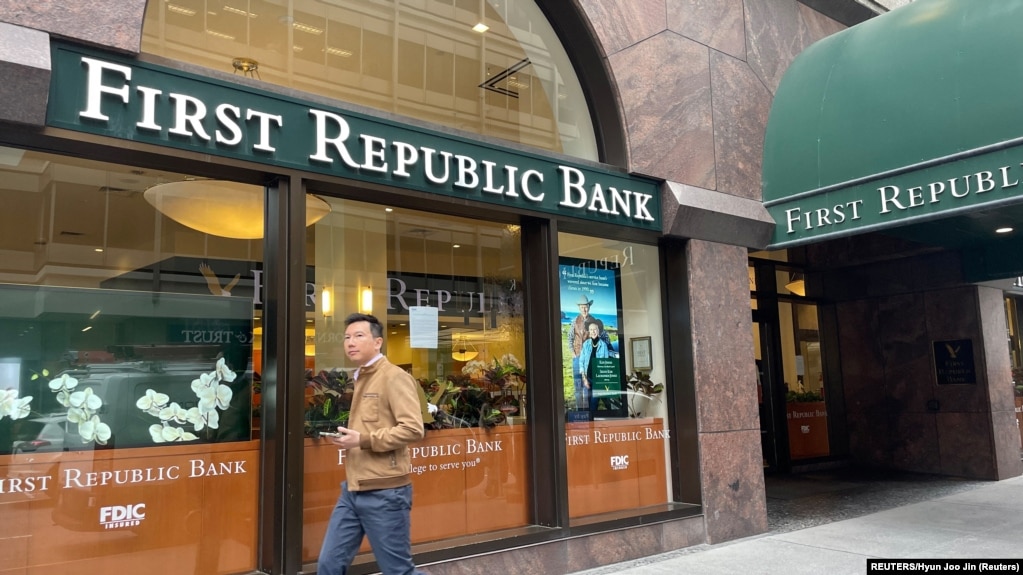Big U.S. banks become key to stemming banking crisis
In the latest banking crisis in the United States, which also hit the Old Continent, titans such as JPMorgan Chase, Bank of America, Citigroup and Wells Fargo have become even bigger and have taken advantage of their strength and stability to prevent further failures at smaller banks.
The latest example came early Monday morning, when U.S. regulators stepped in at First Republic Bank and struck a deal to sell most of its operations to JPMorgan, the largest U.S. bank, for $10.6 billion, averting a chaotic collapse that threatened to reignite the recent banking crisis this March.
San Francisco-based First Republic, the second largest bank to fail in U.S. history, lost $100 billion in deposits following the collapse of another California lender, Silicon Valley Bank (SVB).
The megabank said today that it made an offer for First Republic to help stabilize the financial system.
“Our government invited us and other (banks) to step up, and we did,” JPMorgan CEO Jamie Dimon said.
In addition, in mid-March, Bank of America, Citigroup, JPMorgan and Wells Fargo announced that they would each make a $5 billion unsecured deposit to First Republic, which together with seven financial institutions raised $30 billion in a first rescue attempt that did not prove sufficient.
Too big to fail
The failure of Silicon Valley Bank caused many Americans to fear for the future of their savings and opt to move their money from smaller banks to the more powerful U.S. banks on the theory that the latter are “too big to fail”.
JPMorgan noted that it obtained about $50 billion in new deposits from panicked customers looking to move their money to a large bank after the March crisis.
Case in point is Cameron Hardesty, 37, owner of Poppy Flowers flower shop, who told The Washington Post that she was afraid to have all her business money in “one account” and left SVB and opened three new accounts: one at JPMorgan, one at Bank of America and, finally, one at regional bank First Horizons.
“I spent 10 years building up to this point. This is my life’s work. To think of it vanishing in an instant, due to these forces beyond my control, was a terrifying moment,” Hardest remarked.
JPMorgan had $2.4 trillion in deposits at the end of its first quarter of 2023.
The five largest banks in the country at the end of last year controlled nearly $13 trillion, which equates to nearly 47% of the industry’s total assets.
The weight of the majors is also noticeable in the number of U.S. banks, as in 1994 there were 10,000 banks and in 2021 the number dropped to less than half (4,237 entities).
However, some experts point out that small entities are key to sectors such as commercial real estate – where they account for approximately two-thirds of all lending – and note that as confidence in regional banks declines, bankers may stop making new loans or place stricter conditions, thus hindering the economy.

